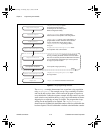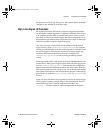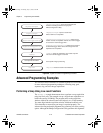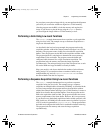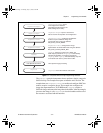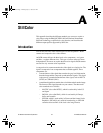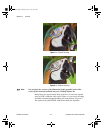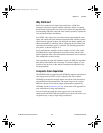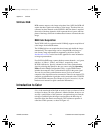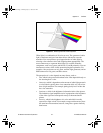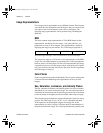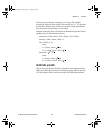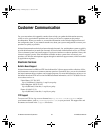
Appendix A StillColor
©
National Instruments Corporation A-3 NI-IMAQ User Manual
All of the traditional ways to separate the two signals result in visual
artifacts on the final picture. Techniques such as frequency-band filtering
or comb filtering can minimize some of these artifacts, but most techniques
are optimized to obtain the best picture for visualization of a continuous
acquisition. The composite color formats are designed so that artifacts
resulting from one frame are almost cancelled by artifacts in following
frames. This system takes advantage of the slow response time of the
human eye to obscure most of these problems.
The situation is different in a single frame acquisition where a single image
is needed. A single image usually clearly shows the result of a bad
color/luminance separation. Typical weakness of traditional separation
techniques are:
• Reduced luminance bandwidth, resulting in a blurry image.
• Cross-color modulation where rapidly changing colors affect the
luminance of the image, as shown on the edges of the parrot’s head
in Figure A-1.
• Cross-luminance modulation where rapidly changing luminance
(stripes) results in irritating random color patterns, as shown on the
black and white stripes around the parrot’s eye in Figure A-1.
UM.book Page 3 Monday, July 13, 1998 9:49 AM



